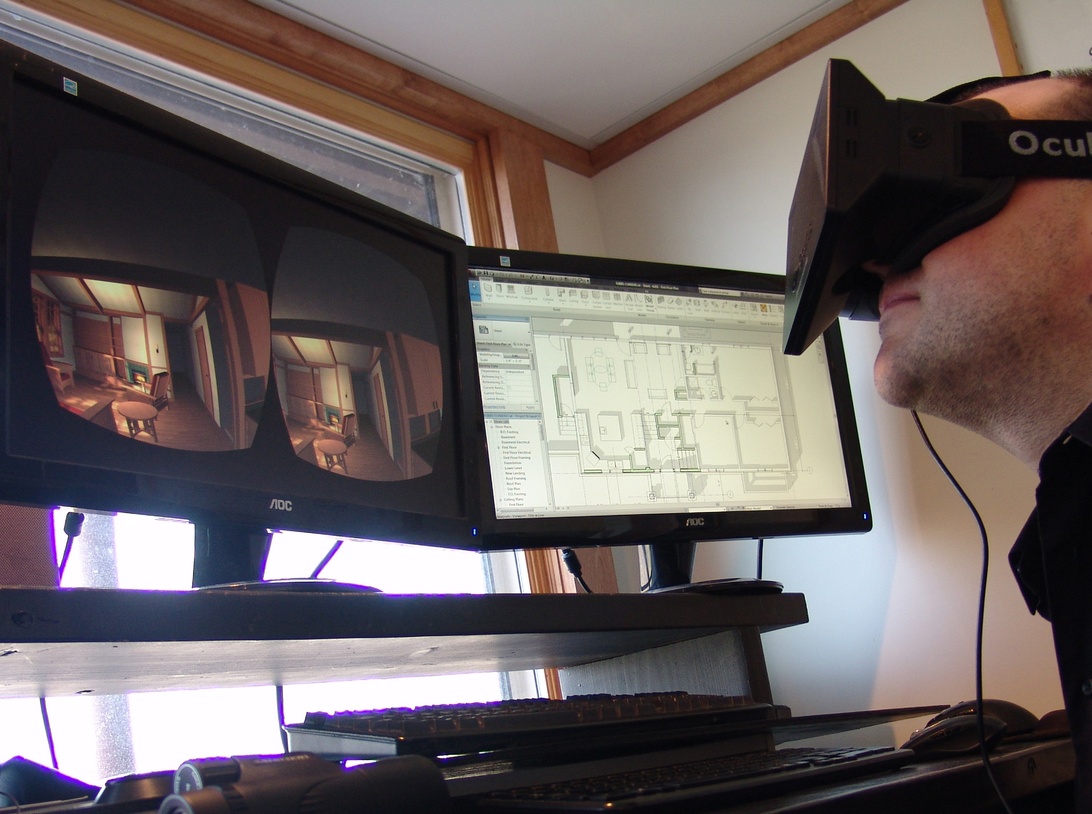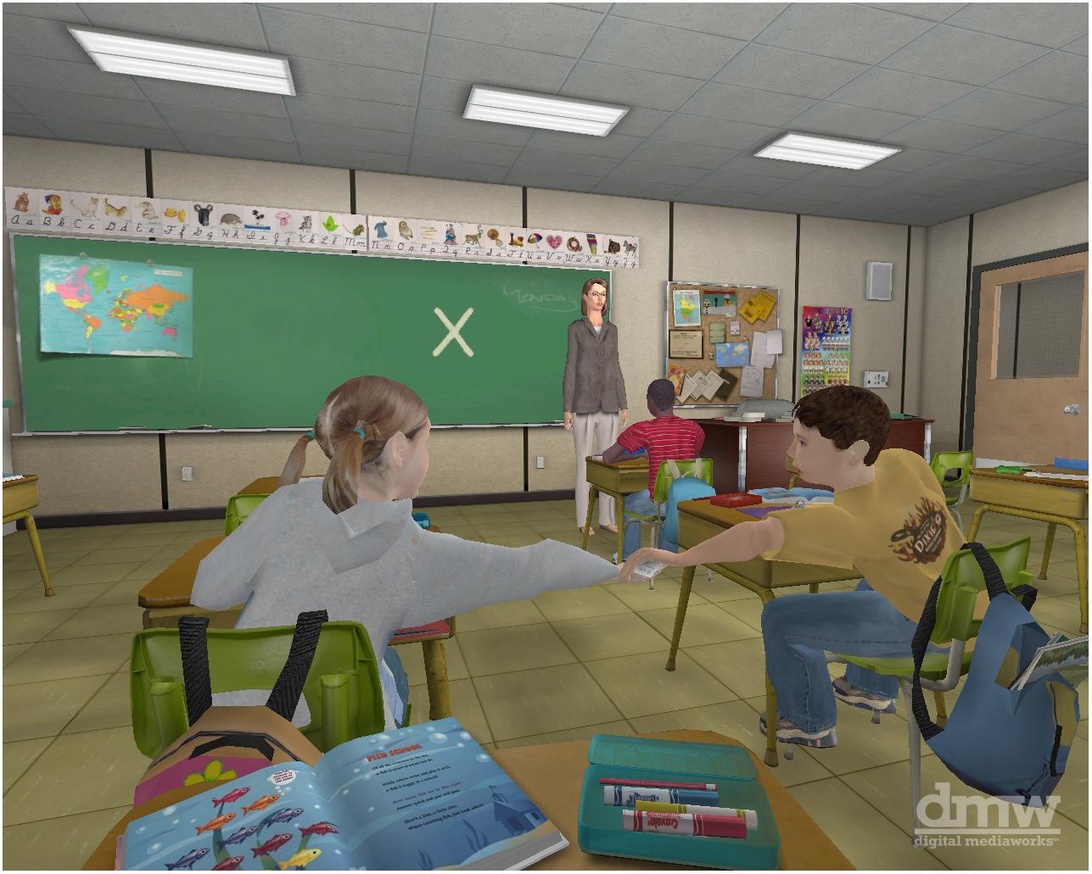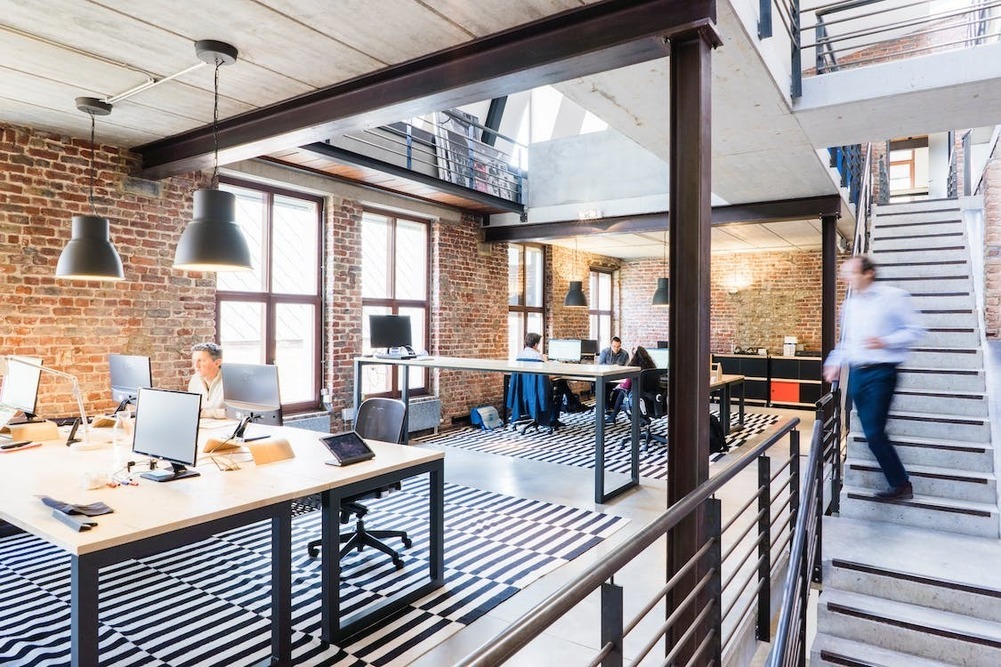Virtual Relationships in Second Life: Building Meaningful Connections Across the Digital Divide
Welcome, fellow explorers of the virtual! Since my early days in Second Life back in the mid-2000s, I’ve been fascinated by the profound ways we connect with others in these immersive digital spaces. It’s more than just a game. For many of us, it’s a vibrant social landscape where friendships blossom, romances ignite, and communities thrive. This article delves into the heart of virtual relationships within Second Life, exploring how we build genuinely meaningful connections that can span the digital divide, sometimes even enriching our physical lives in unexpected ways. I want to share some insights, drawing from both research and my own long journey through this ever-evolving world, to help you understand and navigate the beautiful complexities of relating in SL. We’ll also touch upon how aspects like The Economic Impact of Second Life’s Virtual Marketplace in 2025 can indirectly shape the environments where these connections form.
The Allure and Authenticity of Second Life Connections
What truly draws us into virtual worlds like Second Life? It’s a question I’ve pondered many times. The platform’s enduring strength, as highlighted by the World Economic Forum, lies in its unparalleled ability to empower users to not only build content but, crucially, to ‘build and maintain communities and relationships with other people.’ For me, Second Life initially offered a new avenue for creative expression and connection. What I discovered was a world teeming with individuals eager to share experiences, ideas, and build something together.
The Human Drive for Connection in Virtual Spaces
I believe Philip Rosedale, the founder of Second Life, hit the nail on the head when he said the primary allure is ‘for the other people we find.’ This fundamental human need for connection has kept Second Life vibrant for over two decades, establishing it as a forerunner in what many now call the metaverse. The magic isn’t just in the elaborate virtual landscapes or the freedom of creation. It’s in the shared presence, the feeling that you are truly ‘there’ with others, even if your physical bodies are miles apart. This sense of co-presence, seeing your avatar interact in the same virtual room as others, can spark a feeling of togetherness remarkably similar to real-world encounters. This is crucial for effective Networking and Collaboration in Virtual Spaces, fostering genuine teamwork and social bonds.
Avatars, Identity, and Genuine Virtual Bonds
Our avatars in Second Life are far more than just digital puppets. For many, they become deeply intertwined with our sense of self. I’ve found that the ability to craft an avatar that reflects who I am, or perhaps an aspect of myself I wish to explore, is incredibly liberating, a sentiment echoed in discussions about The Evolution of Virtual Fashion in Second Life: 2003-2025. This isn’t just my personal observation. Research suggests that for a significant number of residents, Second Life is experienced as being as real as physical life, and their avatars are seen as an integral part of their identity. A fascinating perspective, discussed in a philosophical inquiry on narrative identity, posits that the actions and experiences of the physical user and their online avatar can be understood as belonging to a single person. This means that the relationships we form and the experiences we have in SL can be woven into our overall life story, making them profoundly meaningful. The internet, as psychology professor Mark Griffiths notes, can be a ‘disinhibiting medium,’ where we might feel safer to lower our emotional guards and share personal details more quickly than we would face-to-face, as mentioned in a Telegraph article on Second Life relationships. This accelerated intimacy, coupled with the freedom to express ourselves without the immediate judgments tied to our physical appearance, can pave the way for surprisingly authentic and deep connections. It’s a space where you can truly be yourself, or discover new facets of who you are, alongside others doing the same.

The Spectrum and Depth of Relationships in Second Life
The range of relationships you can find in Second Life is as diverse as in the physical world. It all starts with social interaction – meeting people, hanging out, participating in group activities, and communicating through local chat, group messages, or voice. As detailed in its Wikipedia entry, Second Life is not a game with predefined goals. Instead, it’s a user-centered, community-driven experience. This open-ended nature allows for all sorts of connections to form.
From Fleeting Chats to Enduring Commitments
I’ve seen casual friendships blossom into tight-knit support groups, and I’ve witnessed romantic relationships that are deeply passionate and committed. It’s not uncommon for couples who meet in SL to eventually marry in real life, a testament to the genuine bonds that can be forged. For individuals who might feel socially isolated in their physical lives, perhaps due to disability or circumstance, SL can be a lifeline, offering a platform for meaningful contact and community, with dedicated spaces like the Wheelies nightclub for disabled users. Research has even shown that many people find their virtual friends to be as good as, or even better than, their real-life friends. A 2006 survey highlighted by silive.com found that nearly 40% of men and 53% of women felt this way. The intensity of these connections can be surprising, with strong emotional bonds sometimes forming within just a few days. You might not know every detail of someone’s offline life, but the feelings shared can be undeniably real. Just as real-world communities benefit from structured efforts and resources, sometimes facilitated by platforms like NGO Online which brilliantly helps non-governmental organizations connect and manage their activities, virtual communities in Second Life also develop sophisticated ways to support their members and foster these deep connections.
Emotional Realities Navigating Love and Loss Online
Just like any relationship, those formed in Second Life come with their own emotional landscape, full of joys and challenges. The depth of these connections means that when they end, the heartbreak can be just as acute as a breakup in the physical world. I’ve read accounts, like those shared in The SL Enquirer, where users describe the profound sense of loss after a virtual relationship of several years ends, especially when daily contact was the norm. The recovery process often mirrors that of real-life breakups: taking time away, avoiding shared virtual spaces, and leaning on other supportive friends within the SL community. This underscores the importance of the broader social networks we build. It’s not just about romantic partners; the friendships we cultivate can be incredible sources of support. However, it’s also wise to approach online relationships with a degree of realism. As Mind.org.uk suggests, while online friendships can positively impact mental health, it’s unlikely that one digital contact can provide all necessary support. One specific challenge in purely online relationships is the potential for idealization. When you connect intensely with someone you’ve never met physically, it’s easy to build up expectations that might not align with reality. Psychology Today notes that important cues like laughter, body language, and even body chemistry are missing until you meet in person, and the longer you wait, the greater the risk of disappointment if there’s a mismatch. This doesn’t diminish the validity of the online connection, but it’s a factor to be mindful of.
Bridging Worlds Virtual and Physical
One of the most fascinating aspects of Second Life relationships is their potential to transcend the screen and manifest in the physical world. I’ve known several people whose online friendships have led to real-world meetups, vacations, and lifelong bonds. And, of course, there are the romantic stories.
When Virtual Connections Manifest in Real Life
The tale of Booperkit Moseley and Shukran Fahid, who met in SL, married in real life in 2006, and were still together with twins years later, is an early and heartwarming example. Then there are more dramatic stories, like Carolyn’s, documented in a BBC Two Wonderland episode, who left her family to be with an online lover she met in Second Life, illustrating the powerful emotional pull these relationships can have. However, if you’re considering meeting an online friend or partner in person, it’s crucial to prioritize your safety. Don’t feel pressured, verify their identity if possible (perhaps through video calls), always choose a public place for a first meeting, and let someone you trust know your plans. The line between virtual and real can become wonderfully blurred, but it also means that actions in one realm can have significant consequences in the other. Virtual affairs, for instance, have unfortunately led to real-world heartbreaks and divorces. It’s a complex interplay, and one that I believe will only become more nuanced as technology evolves to allow for even richer non-verbal communication and a deeper sense of shared presence in virtual environments, such as those depicted by advanced VR setups.

The Complex Social Tapestry Communities and Conflicts
Beyond one-on-one relationships, Second Life is a hotbed for community formation and complex social dynamics. Users naturally gravitate towards others with shared interests and goals, forming groups that can be incredibly supportive and creative, or sometimes, unfortunately, disruptive. As explored in Henry Jenkins’ blog Pop Junctions, this has led to the rise of various factions, including ‘griefers’, who are individuals or groups intent on causing chaos, and counter-groups or vigilantes aiming to maintain order. The interactions within and between these groups, such as the Justice League Unlimited (JLU) and antagonistic groups like the Patriotic Nigras (PN), demonstrate how deeply engaging and meaningful these collective virtual experiences can be, even when centered around conflict. These aren’t just fleeting online squabbles. They involve strategy, loyalty, betrayal, and can even spill over into real-world consequences, highlighting the intensity of the bonds and rivalries formed. Even The Role of Virtual Education in Second Life: Learning Without Boundaries can foster unique communities centered around shared academic pursuits.
Cultivating Healthy and Meaningful Virtual Lives
As someone who has spent countless hours exploring and connecting in Second Life, I’ve learned that nurturing our virtual relationships, and our own well-being in the process, requires conscious effort. This includes understanding how to maintain physical comfort, a topic I explore in Staying Comfortable Whilst Playing Second Life, which is essential for enjoying long-term engagement.
Nurturing Your Digital Heart and Well being
Just as in physical life, it’s important to set boundaries. For example, you might decide not to share certain real-life personal information like your home address with new acquaintances, or you could limit interaction times with specific individuals if you feel overwhelmed or pressured. Giving support to others online can be incredibly rewarding, but it can also become overwhelming if you don’t protect your own mental health. It’s okay to take a step back, to say no, or to use the platform’s tools to limit contact if a relationship starts to feel draining or negative, such as using the ‘block’ or ‘mute’ features readily available in Second Life to prevent unwanted messages or avatar interactions. Remember, your well-being comes first. I’ve always believed that virtual experiences should enrich, not replace, our physical lives. Finding that balance is key. Enjoy the escapism, the creativity, the unparalleled social freedom that Second Life offers, but also remember to ground yourself in your physical reality. The connections we make in worlds like Second Life are undeniably real in their emotional impact. They can teach us about ourselves, about others, and about the evolving nature of human interaction in an increasingly digital age. By approaching these relationships with thoughtfulness, self-awareness, and an open heart, we can truly build meaningful connections that bridge any divide, digital or otherwise, enriching our lives in ways we might never have imagined.













